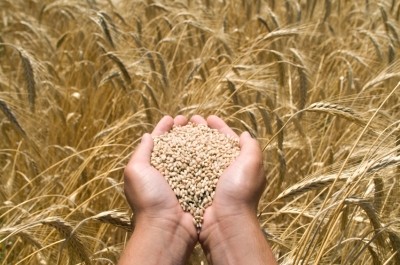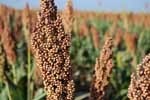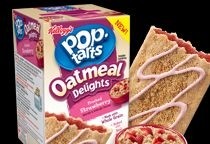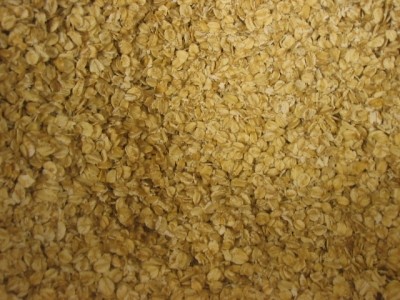Canada needs more standardized whole grain labeling, say researchers
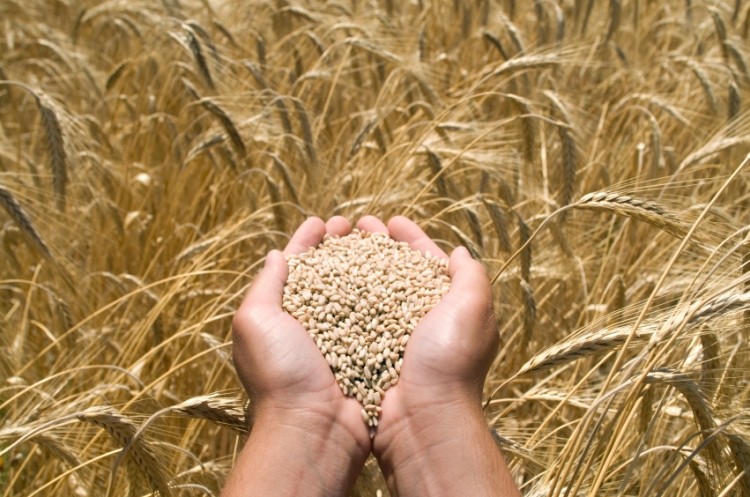
A research report published in the journal Appetite investigated the use of front-of-package whole grain labeling in Canada in a “voluntary and unregulated” market.
It noted that currently the only standardized form of whole grain labeling in Canada was the Whole Grains Council stamp.
The review is based on a sample of 408 breads sold in three leading retailers in Toronto, Canada collected in June and August 2011.
It found that on average, a front-of-package whole grain reference was indicative of breads with higher fiber and magnesium content and lower sodium levels.
Researchers said: “Whole grain ingredients are not inherently lower in sodium, but the high prevalence of front-of-package references to sodium on breads with whole grain references suggests that these products may have been explicitly designed to be nutritionally superior to other breads.”
The review found that labeled bread products were likely to be more expensive.
The researchers said: “Voluntary, unregulated nutrition marketing… may be limited in aiding public health as products promoted on the basis of health and nutrition appear to be targeted to a discrete market of health conscious consumers who are willing to pay premium prices for more healthful options.”
A call for regulated front-of-package whole grain labeling
In the absence of regulated labeling, public health officials in Canada advise consumers to identify whole grain products by the presence of a whole grain ingredient in the first position of the back-of-package ingredients list.
However, the researchers said that this requires consumers to possess sufficient knowledge to identify whole grain ingredients – “a task complicated by the sheer volume of different terms used to denote such ingredients”.
“We found that the front-of-package whole grain reference and the number of whole grain ingredients in the list of ingredients were better predictors of whole grain content than the presence of a whole grain ingredient in the first position,” the researchers said.
“Our results raise questions about the value of recommending consumers identify whole grain foods based on the ingredient in the first position, and highlight the need for more standardized whole grain labeling,” they added.
The surge of voluntary whole grain references
Since 2007, there haveCana been 1,148 new products introduced to the Canadian market with ‘whole grain’ claims on their labels. These have primarily been breakfast cereals, breads and cereal bars, the report said.
Findings showed that 21% of breads bore at least one reference to whole grain on the front-of-package. References to whole grains were second most prevalent following references to fiber (found on 22% of breads), the report said.
Whole grain references appeared in several different ways, the report said, including quantitative statements, declarations of whole grain ingredients, and the Whole Grains Council stamp.
Over half (59%) of breads with a reference to whole grains made reference to at least one other nutritional attribute on the front-of-package. Breads referencing whole grain were more likely to also contain other references to fiber, fat, sodium, omega-3 and energy.
Source: Journal of Appetite
Vol. 62, 1 March 2013 doi: 10.1016/j.appet.2012.11.010
“Marketing whole grain breads in Canada via food labels”
Authors: D. Sumanac, R. Mendelson and V. Tarasuk
